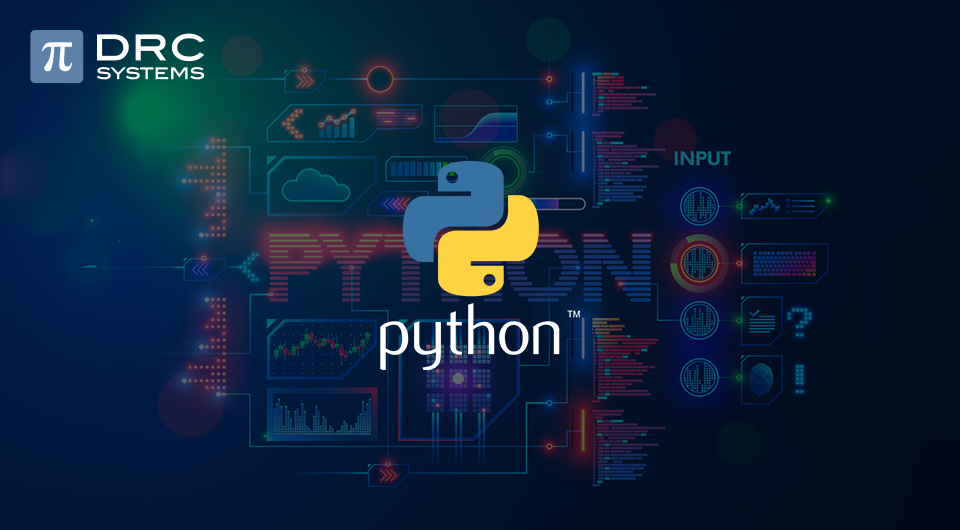Related Articles
Top 15 Web Development Trends To Implement In 2022
15 futuristic web development trends that are defining the future of web development.
Read The PostImportance Of UI/UX
UI/UX is the backbone of your business and plays a crucial role in customer acquisition.
Read The PostIs A Dedicated Development Team Worth Every Penny?
Which is the best approach? Should you hire freelancers, in-house talent or a team of dedicated developers? Myth Busted!
Read The Post


